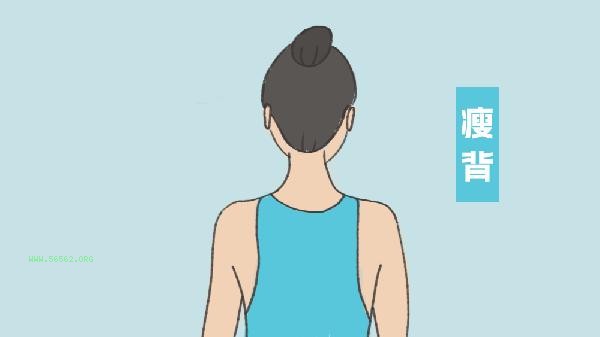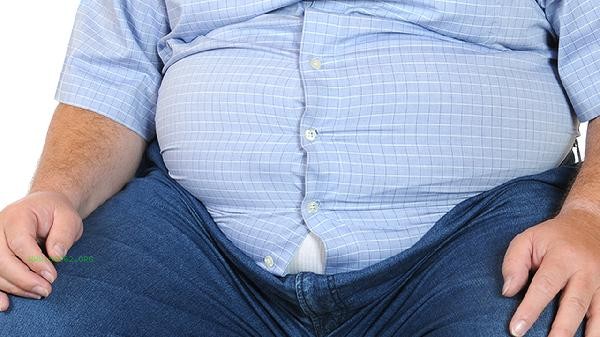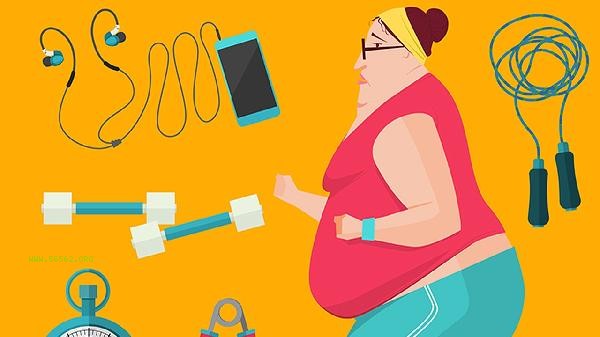Weight loss meal options include high protein milkshakes, low GI oatmeal, vegetable salads, chicken breast, and konjac products. These foods have the characteristics of strong satiety, low calorie content, and balanced nutrition, making them suitable as a substitute for some regular meals to control calorie intake.

1. High protein milkshake:
milkshakes made with whey protein or plant protein powder can provide 20-30 grams of high-quality protein. The slower gastric emptying rate of protein can prolong satiety time. Adding chia seeds or flaxseed can increase dietary fiber content, and it is recommended to control the calorie intake within 200 calories per serving. Pay attention to choosing the sugar free version, which can supplement healthy fat with a small amount of nuts.
2. Low GI oatmeal:
Steel cut oats have a glycemic index of only 55 and are rich in β - glucan, which can delay gastric emptying. Suggest brewing skim milk to increase calcium intake, and adding low sugar fruits such as blueberries to supplement antioxidant substances. Every 50 grams of dried oats contains about 180 calories, with a continuous energy supply time of 3-4 hours, making it suitable as a breakfast substitute.
3. Vegetable Salad:

Based on kale and romaine lettuce, paired with low calorie vegetables such as tomatoes and cucumbers, with no more than 150 calories per serving. Add boiled eggs or shrimp to supplement protein, and use olive oil and lemon juice instead of high calorie salad dressing. A fiber content of 5-8 grams can promote intestinal peristalsis, and attention should be paid to controlling the amount of nuts and cheese added.
4. Chicken breast:
Boiled chicken breast contains only 165 calories per 100 grams but provides 31 grams of protein, paired with broccoli and brown rice to form a complete meal replacement. It is recommended to use low-temperature slow cooking to keep the meat fresh and tender, and add spices such as black pepper and rosemary to enhance the flavor. It can be prepared in bulk, packaged and refrigerated in advance, and can be consumed within 5 minutes after heating.
5. Konjak products:
The calorie content of konjak flour or konjak rice is only 1/10 of that of ordinary staple food, and glucomannan expands with water to form a gel like substance to enhance satiety. It is recommended to pair it with mushrooms and green leafy vegetables, and pay attention to supplementing high-quality protein sources. Some people may experience mild bloating, and it is recommended to gradually adapt from 50 grams per day.

Meal replacement is recommended to replace 1-2 main meals per day, and should not be used continuously for more than 12 weeks. During the implementation period, it is necessary to ensure a daily water intake of at least 2000 milliliters and to cooperate with 150 minutes of moderate intensity exercise per week. Long term meal replacement may cause a deficiency in trace elements, and it is recommended to undergo regular nutritional assessments. Special groups, such as pregnant women and diabetes patients, should consult a doctor before use. Discomforts such as dizziness and fatigue should be stopped immediately. When returning to a normal diet after meal replacement, it is necessary to gradually increase calorie intake to avoid rapid weight rebound.



Comments (0)
Leave a Comment
No comments yet
Be the first to share your thoughts!